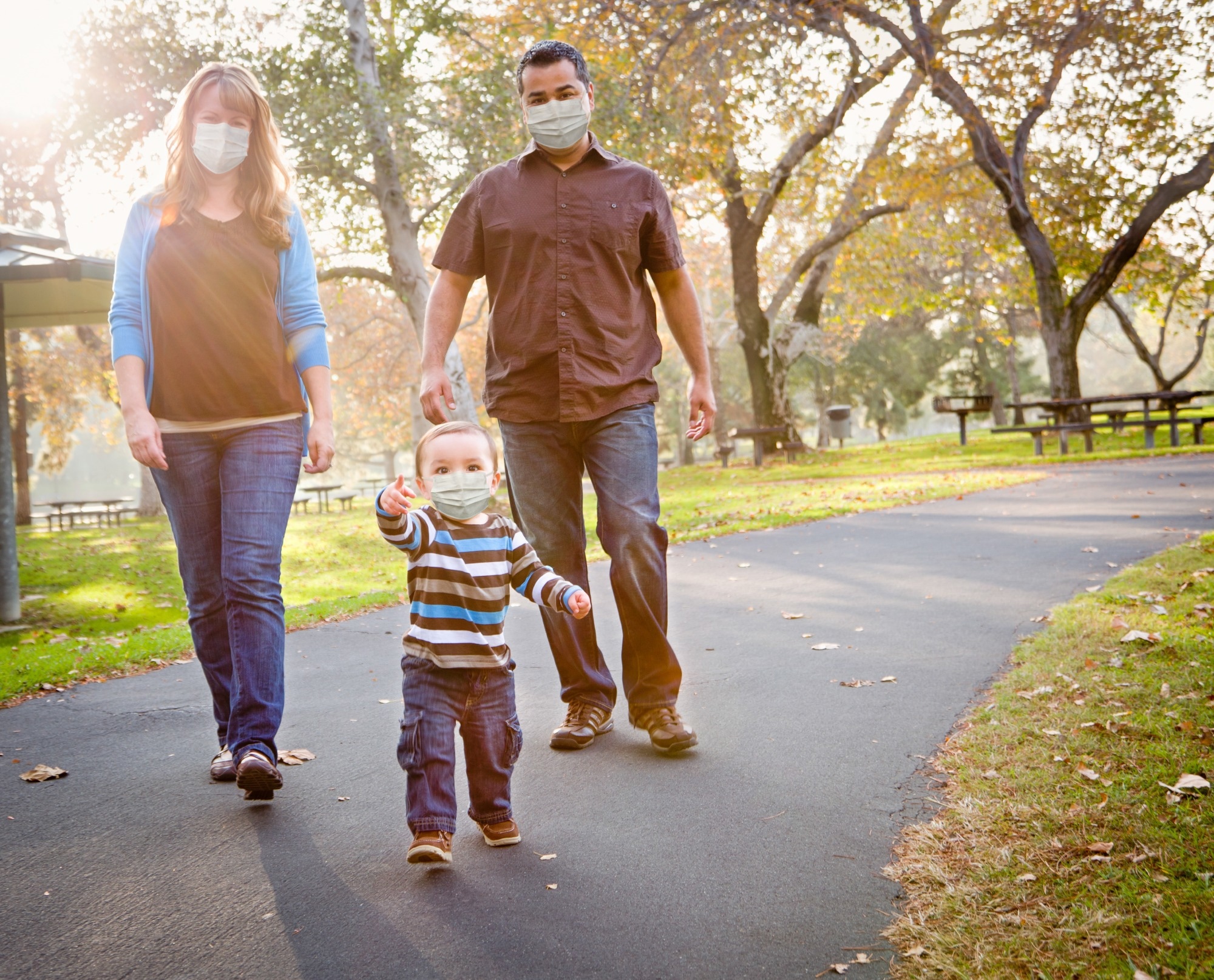In a recent study on the medRxiv* preprint server, researchers evaluated humoral responses to severe acute respiratory syndrome coronavirus 2 (SARS-CoV-2) in infants.
 Study: Infants and young children generate more durable antibody responses to SARS-CoV-2 infection than adults. Image Credit: AndyDeanPhotography/Shutterstock.com
Study: Infants and young children generate more durable antibody responses to SARS-CoV-2 infection than adults. Image Credit: AndyDeanPhotography/Shutterstock.com

 *Important notice: medRxiv publishes preliminary scientific reports that are not peer-reviewed and, therefore, should not be regarded as conclusive, guide clinical practice/health-related behavior, or treated as established information.
*Important notice: medRxiv publishes preliminary scientific reports that are not peer-reviewed and, therefore, should not be regarded as conclusive, guide clinical practice/health-related behavior, or treated as established information.
Background
The breadth and durability of anti-SARS-CoV-2 immune responses have been studied in adults and older children following infection/vaccination.
Still, immune responses in infants and young children are poorly defined. Although one in every four infected infants is asymptomatic, severe illness is more prevalent in infants than older children.
Furthermore, less is known about how SARS-CoV-2 affects immune development and the durability of immunity in infants and young children.
The study and findings
The present study analyzed humoral responses against SARS-CoV-2 in 23 infants or young children and 19 adults. Infants and young children were enrolled at Cincinnati Children’s Hospital and were part of a larger prospective longitudinal birth cohort.
They were followed up from birth and up to 500 days after the first positive SARS-CoV-2 reverse transcription-polymerase chain reaction (RT-PCR) results.
Adults with confirmed coronavirus disease 2019 (COVID-19) were followed up until 350 days post-infection. Most adults (84%) did not require hospitalization, and no adult patient developed severe symptoms.
Adults were infected between March and April 2020, whereas infants/young children were infected between April 2020 and January 2022.
The team assessed longitudinal antibody responses against various SARS-CoV-2 antigens before, during, and after infection. All infants/younger children had immunoglobulin A (IgA) and IgG responses against the spike protein and its receptor-binding (RBD) and N-terminal (NTD) domains post-infection.
Pre-infection IgA and IgG levels were below the detection limit. IgA/IgG levels peaked around 30 days post-infection and were sustained for up to 500 days. Similar IgG titers were observed against the spike proteins of epidemic CoVs, such as SARS-CoV-1 and middle-east respiratory syndrome (MERS)-CoV.
Further, the researchers noted that the pre-existing antibodies against common human CoVs (OC43 and HKU1) did not impact the antibody responses against SARS-CoV-2.
The IgG responses against spike, RBD, and NTD in the infant cohort had estimated half-lives of 800, 775, and 828 days, respectively, and exhibited minimal/no decay over time.
By contrast, the IgG responses against the three antigens decayed much faster in adults, with an estimated half-life of 187 to 204 days. Notably, IgG antibodies against the SARS-CoV-2 nucleocapsid protein waned rapidly in infant and adult cohorts, with half-lives of 116 and 83 days, respectively. IgG1 antibodies were the most prevalent in both cohorts, followed by IgG2 in infants and IgG3 in adults.
Furthermore, using a live virus focus reduction neutralization assay, the team assessed the magnitude and durability of neutralizing antibody (nAb) responses against the wild-type SARS-CoV-2 strain.
Most infants (73%) and adults (68%) exhibited measurable nAb titers. The nAb titers were comparable between cohorts’ early points (30 to 140 days post-infection).
However, the nAb titers were significantly higher in infants than adults at a late time point (250 to 375 days post-infection). Of note, all infants had a detectable nAb response at the late time point compared to 58% of adults. Spike and RBD IgG titers significantly correlated with nAb titers in both cohorts.
Finally, the researchers examined immune responses against SARS-CoV-2 Beta, Delta, and Omicron BA.1. The binding antibody responses against the Beta variant RBD were three- and four-fold lower in infants and adults.
The reduction in antibody titers against the Delta variant was comparable between cohorts. However, it was much more pronounced against the Omicron BA.1 variant, with a 17- and eight-fold reduction at early and late time points, respectively, in infants.
Adults exhibited a 12- and nine-fold reduction against BA.1 at the early and late points, respectively. Both cohorts exhibited a significant decline in nAb titers against SARS-CoV-2 variants.
Infants showed a three-fold decrease against the Beta variant, while adults exhibited up to a five-fold lower nAb response.
The nAb responses against BA.1 were six- and seven-fold lower in infants and eight- and three-fold lower in adults at the early and late time points, respectively.
Conclusions
Taken together, infants/young children mounted more durable binding and neutralizing responses than adults after SARS-CoV-2 infection.
Although both cohorts showed robust and comparable neutralizing titers, adults exhibited a rapid decay of nAb titers, whereas infants did not. Further research is required to understand the mechanistic basis for these findings.

 *Important notice: medRxiv publishes preliminary scientific reports that are not peer-reviewed and, therefore, should not be regarded as conclusive, guide clinical practice/health-related behavior, or treated as established information.
*Important notice: medRxiv publishes preliminary scientific reports that are not peer-reviewed and, therefore, should not be regarded as conclusive, guide clinical practice/health-related behavior, or treated as established information.

